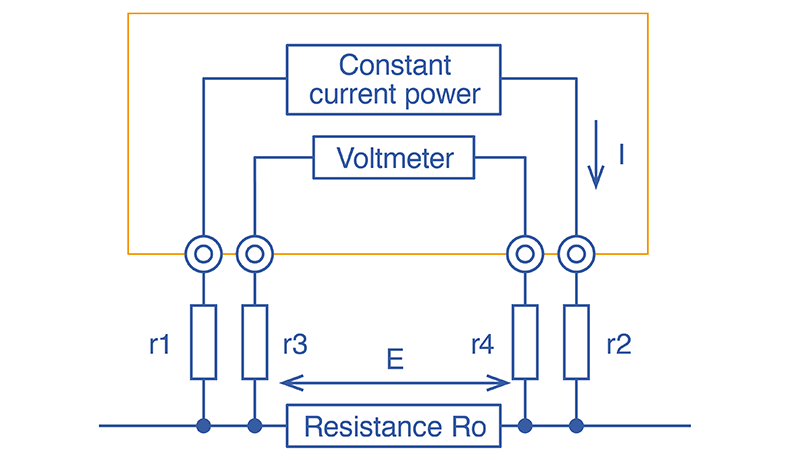Which Of The Following Is Equipment With A Constant Resistance

Urgent health alert issued regarding misleading fitness equipment claims! Consumers are being warned about the accuracy of marketing around "constant resistance" gym equipment.
This report clarifies which equipment truly offers consistent resistance during exercise, combating misinformation that could lead to injury or ineffective workouts.
Understanding Resistance in Fitness Equipment
The fitness industry frequently uses the term "constant resistance," but what does it really mean? The key is identifying which machines deliver a truly consistent load throughout the full range of motion.
Machines Claiming Constant Resistance
Many machines claim to offer constant resistance. These often include various cable machines, plate-loaded machines and resistance bands. However, the reality is more nuanced.
Cable machines are often marketed as having constant resistance. In practice, the resistance can vary slightly based on the angle of pull, however they are more steady.
Plate-loaded machines generally don’t provide constant resistance. The force required changes depending on the biomechanics of the exercise.
Resistance bands offer variable resistance. The resistance increases as the band is stretched further.
Equipment Verified with Constant Resistance
Based on biomechanical analyses and physics principles, friction-based resistance devices are the truest examples of constant resistance equipment.
These types of equipment which uses friction, maintains constant resistance throughout the exercise. Examples include some specialized rehabilitation machines and certain types of flywheels used in specific training contexts.
Flywheel resistance systems, when specifically designed, offer more reliable constant resistance. This is because the resistance is directly proportional to the rotational inertia of the flywheel.
The Risks of Misinformation
Misleading claims about "constant resistance" can have serious consequences. Users may select equipment based on incorrect assumptions, potentially leading to improper form and injuries.
Additionally, if the resistance isn't truly constant, users may not achieve the intended muscle activation. This can hinder progress and cause frustration.
Expert Insights
Dr. Emily Carter, a leading kinesiologist at the National Institute of Sports Medicine, states, "It's crucial for consumers to understand that 'constant resistance' is often a misnomer."
She further clarifies, "True constant resistance is rare in most gym equipment. Friction-based and certain flywheel systems are the exceptions."
According to Dr. Carter, individuals should prioritize equipment that provides predictable and controllable resistance, rather than solely focusing on the "constant" claim.
What to Look For
When evaluating fitness equipment, focus on these key features: smooth movement, adjustable resistance increments, and clear feedback on resistance levels.
Consult with a qualified fitness professional for guidance on equipment selection. A trainer can assess your individual needs and recommend suitable options.
Moving Forward
The Federal Trade Commission (FTC) is currently reviewing marketing practices within the fitness equipment industry. They are investigating claims of constant resistance and other potentially misleading statements.
Consumers are encouraged to report any misleading advertising to the FTC. This can help ensure transparency and accuracy in the fitness industry.
Stay tuned for updates as the FTC investigation progresses. We will continue to provide reliable information on fitness equipment and training practices.


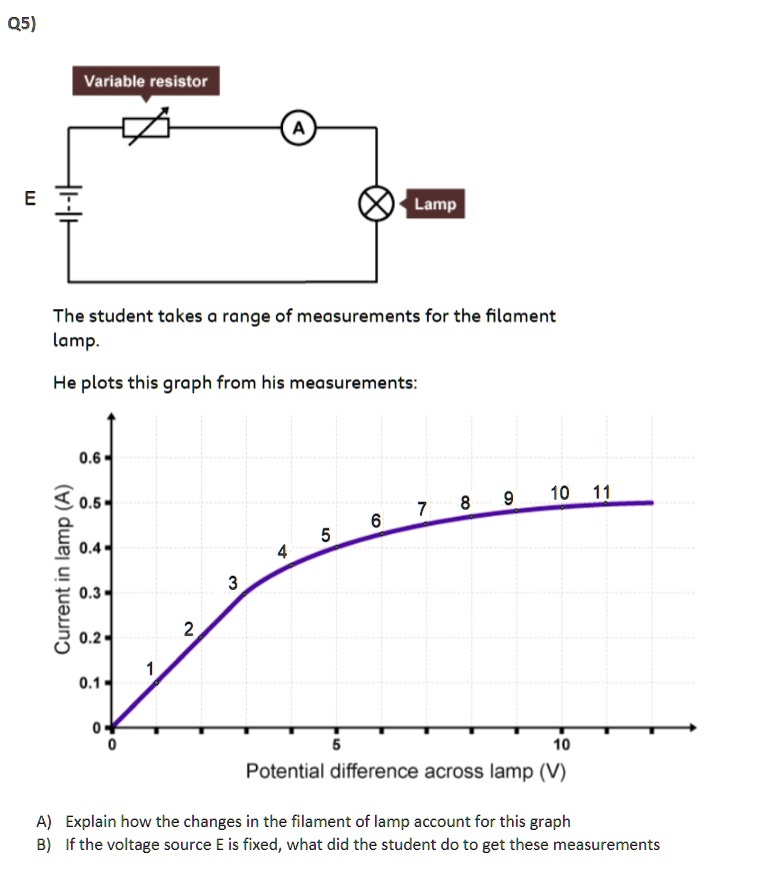
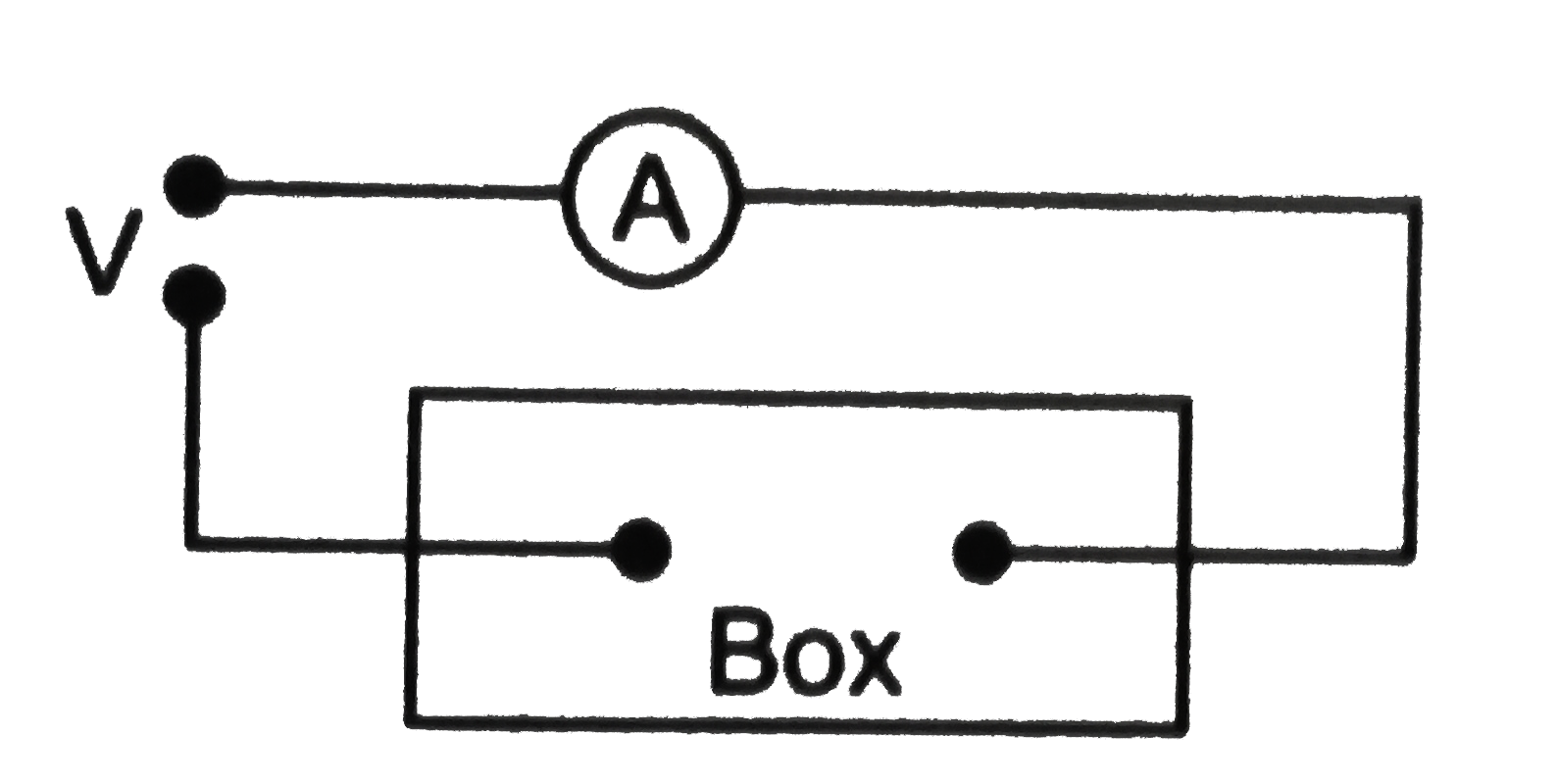

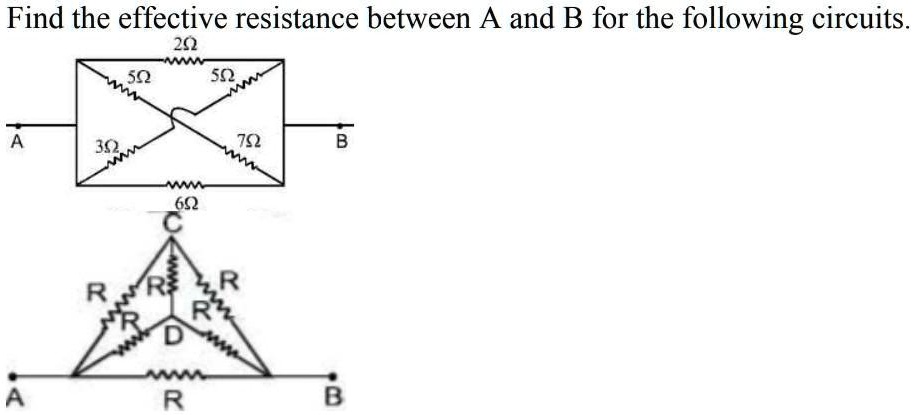
![Which Of The Following Is Equipment With A Constant Resistance Schematic diagram of the constant resistance device [16] (1, steel](https://www.researchgate.net/publication/340711371/figure/fig8/AS:1084264045129749@1635520101309/Schematic-diagram-of-the-constant-resistance-device-16-1-steel-strand-group-anchor.jpg)
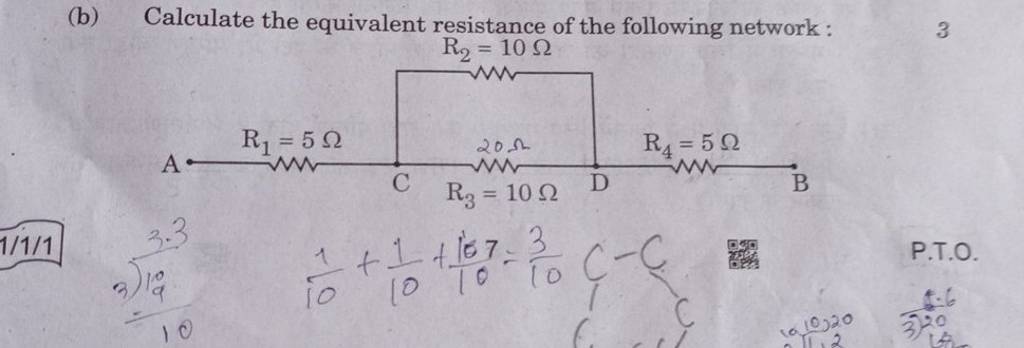


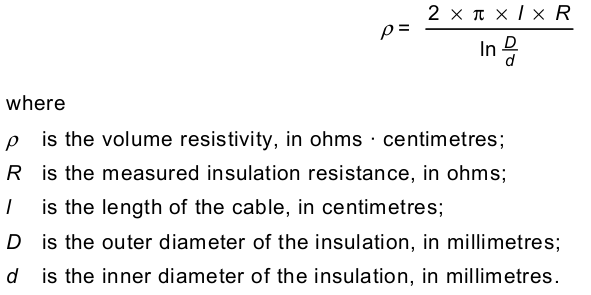


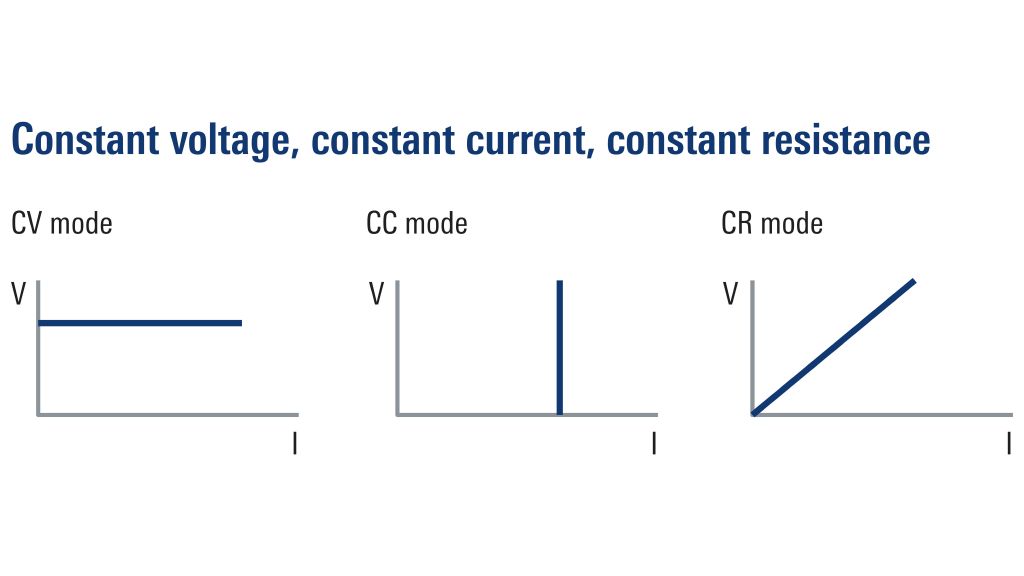
![Which Of The Following Is Equipment With A Constant Resistance [ANSWERED] For a constant resistance a quadrupling of the voltage drop](https://media.kunduz.com/media/sug-question-candidate/20220520091653560744-4424297.jpg?h=512)
